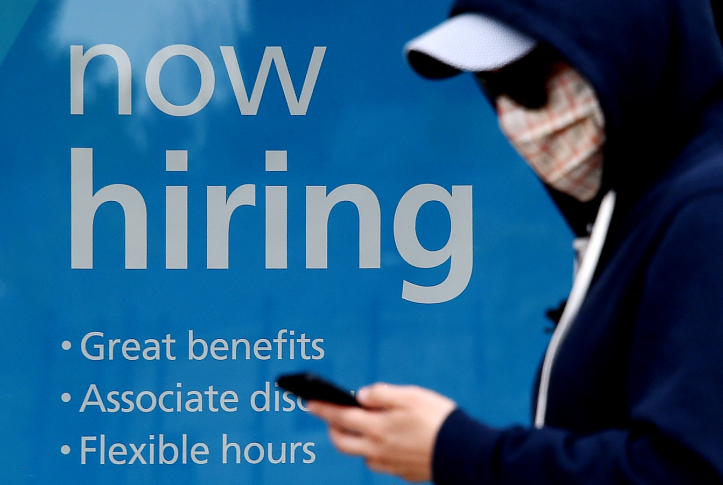Lockdown orders during the early phases of the COVID-19 pandemic led to a massive increase in unemployment, which peaked in April at 14.7 percent. Early estimates suggested that the job losses may have left millions of workers without employer-sponsored insurance (ESI). The Employment Policy Institute estimated that 16.2 million workers had lost ESI as of May 2020, and a Kaiser Family Foundation study estimated that 27 million workers and their dependents lost ESI.
But subsequent estimates, including ours for the Commonwealth Fund, pointed to more modest losses. We concluded that between February and June 2020, 7.7 million workers lost jobs with ESI, and the ESI of these workers covered 6.9 million dependents, for a total of 14.6 million affected individuals. Based on evidence from a Commonwealth Fund survey published in June, we suggested that perhaps one-half of these affected individuals would lose ESI. Similarly, an Urban Institute report in July concluded that, on average from April to December 2020, 7.3 million workers and their dependents would lose ESI as a result of the recession.
More Recent Evidence
Two recent estimates further support the conclusion that ESI losses during the pandemic have been much lower than initial estimates. A direct estimate from the BlueCross BlueShield Association suggests that only 3.1 million people lost ESI between March and September.
Also, data published recently by the Bureau of Labor Statistics (BLS) is consistent with the conclusion that roughly one-half of the workers who lost a job covered by ESI retained their health insurance coverage. The data come from the Business Response Survey to the Coronavirus Pandemic, a survey of nearly 600,000 private-sector establishments, of whom about 220,000 answered seven questions about how they changed their employment and operations during the third quarter of 2020. For us, the key question is whether the establishment continued “to pay a portion of health insurance premiums for some or all employees who were told not to work as a result of the coronavirus pandemic.”
About 42 percent of the establishments that laid off workers as a result of the pandemic responded that they did continue to pay a portion of health insurance premiums for those workers. Our report focused on the seven industries that accounted for 66 percent of prepandemic employment. In these industries, the BLS found that the percentage of establishments that laid off workers but continued to pay a portion of their health insurance premiums ranged from 23 percent in accommodation and food services to 53 percent in manufacturing. These findings are not surprising, as accommodation and food services workers were least likely to have coverage from their job (25%), while manufacturing had one of the highest rates of coverage (66%).
Because the data are at the establishment level, they do not tell us the number or percentage of workers for whom employers continued to pay health premiums, but they do tend to support the Commonwealth Fund survey’s estimate, which was about 50 percent based on a sample of about 2,300 adults.
Although recent estimates indicate that ESI losses during the pandemic have been much lower than initial estimates, policymakers should be prepared for losses to increase with the second wave of shutdowns. Temporary layoffs and furloughs rarely last more than six months, and employers will not be in a position to continue paying their laid-off workers’ health insurance premiums.


